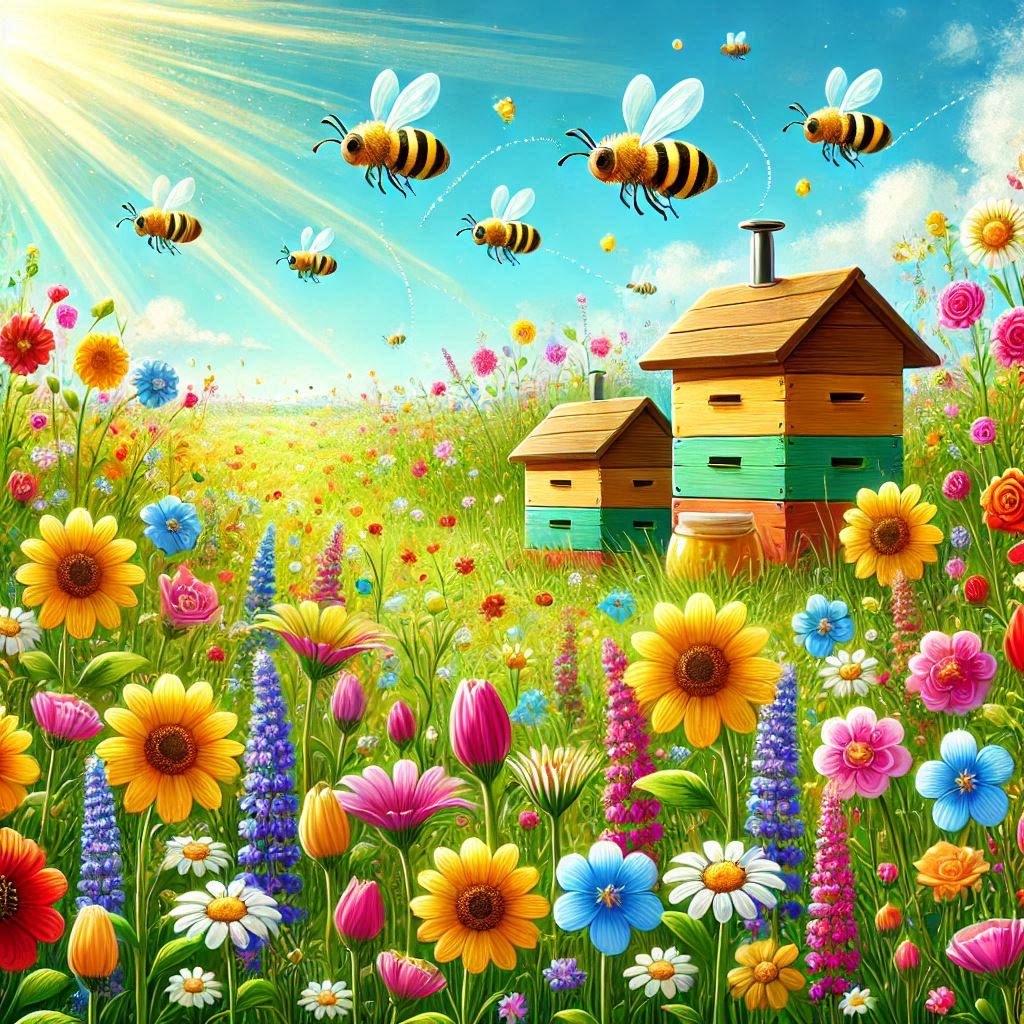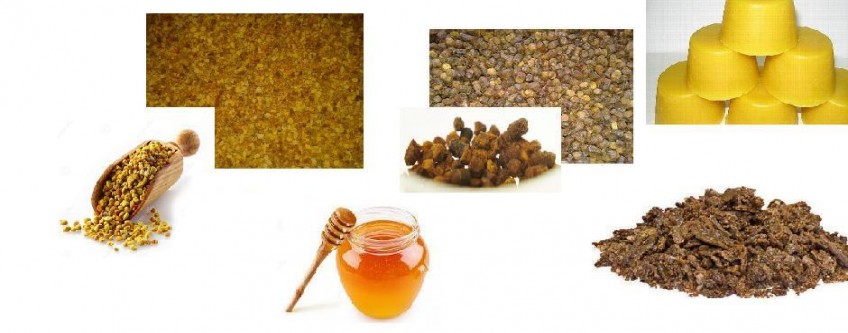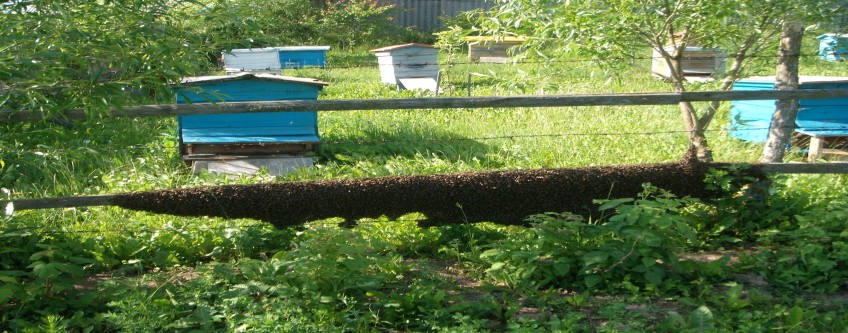Beekeeper's calendar, what to do in apiary » April

April
1.
When the temperature reaches 15°C, a thorough inspection of the entire bee nest is carried out. The amount of brood, the queen's laying capacity, and the amount of food (at least 5-6 kg) are determined. The hive bottoms are thoroughly cleaned, mite infestation is checked, and the bees are fed candy dough.
2.
Care is taken to ensure that the bee waterers always have fresh, soft (boiled) water.
3.
Weak bee colonies or those without queens are combined with strong colonies. It is advisable to separate the combined colonies with newspaper, and after combining them, feed them candy dough or sugar syrup, warming the nest with bottles of hot water.
4.
Mark the bee colonies that will need to replace their queens.
5.
Mark the frames on which the bees wintered so that they can be replaced with new ones in the summer, removing them from the nest. This will reduce the likelihood of diseases.
6.
From mid-April, start expanding strong bee colonies by adding one or two old frames or a frame with honey. Warmed frames are placed next to the brood, not between the brood.
7.
When gooseberries bloom at the end of April and the bees start whitening the frames, the nests can be expanded with wax foundations.
8.
When gooseberries and black currants bloom, place half-supers for the spring honey flow.
April is the first spring month with more warm days, allowing bees to fly more, bringing in pollen and nectar. At the beginning of April, willows, coltsfoot, and willows start to bloom, followed by maples (ash-leaved, silver, and common). Dandelions often bloom at the end of April. Sometimes, in early spring, like in 2002, stronger bee colonies can bring in marketable honey from willows and maples if supers are placed. With favorable weather, bee colonies develop quickly in April, so it is important not to delay expanding the nests.


